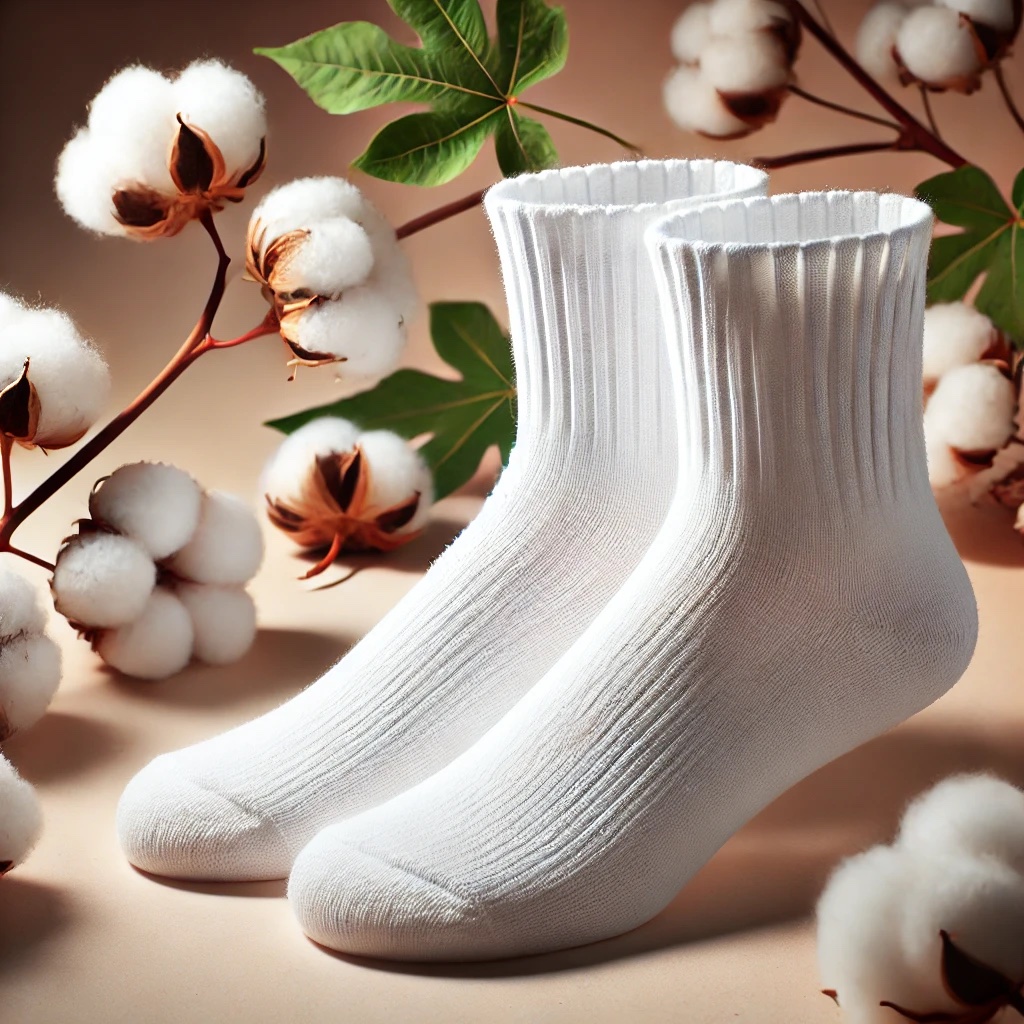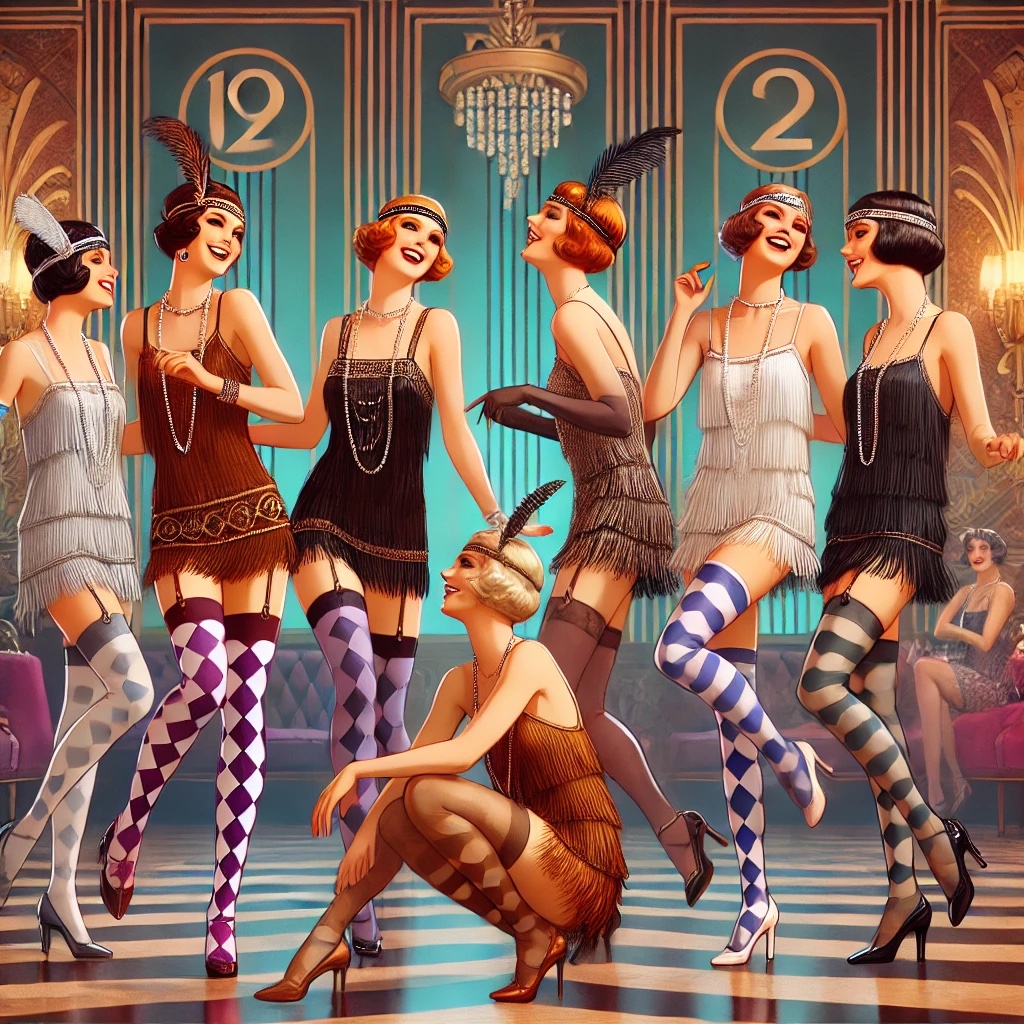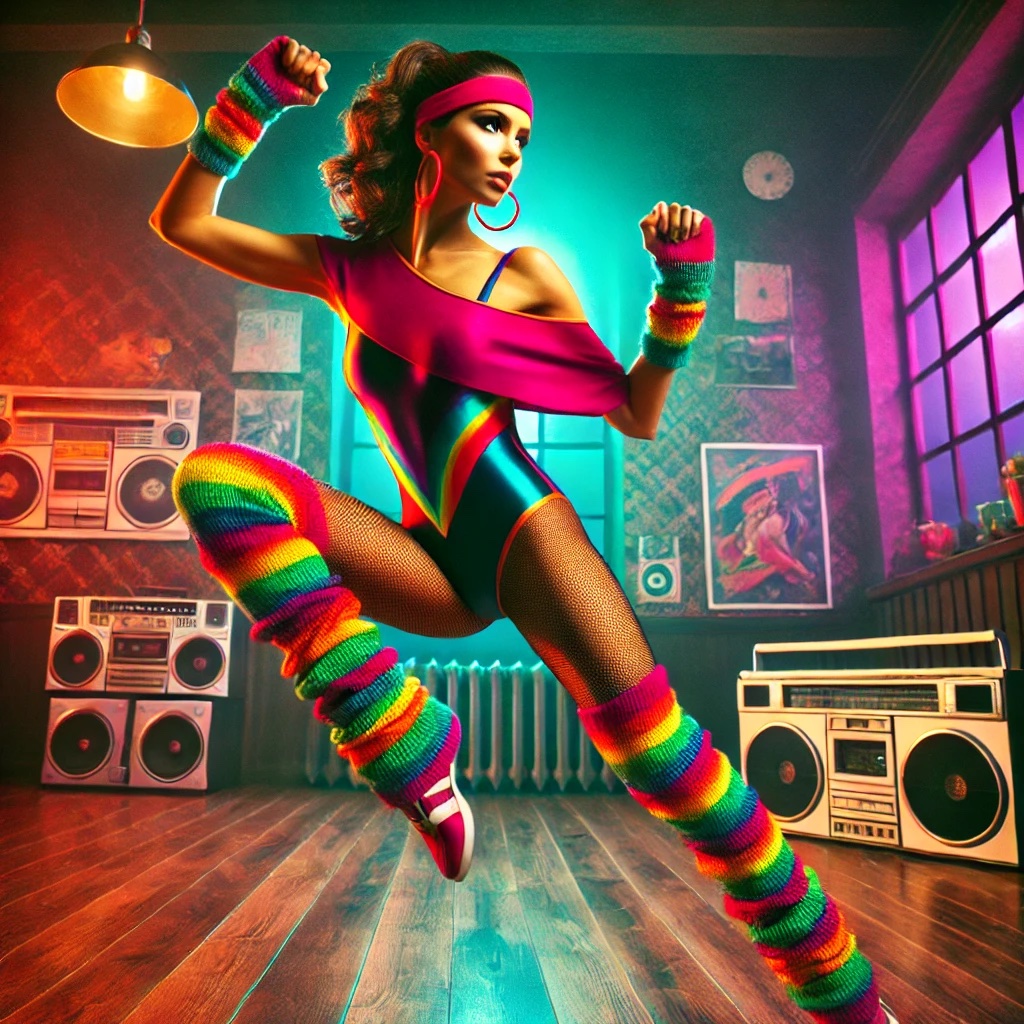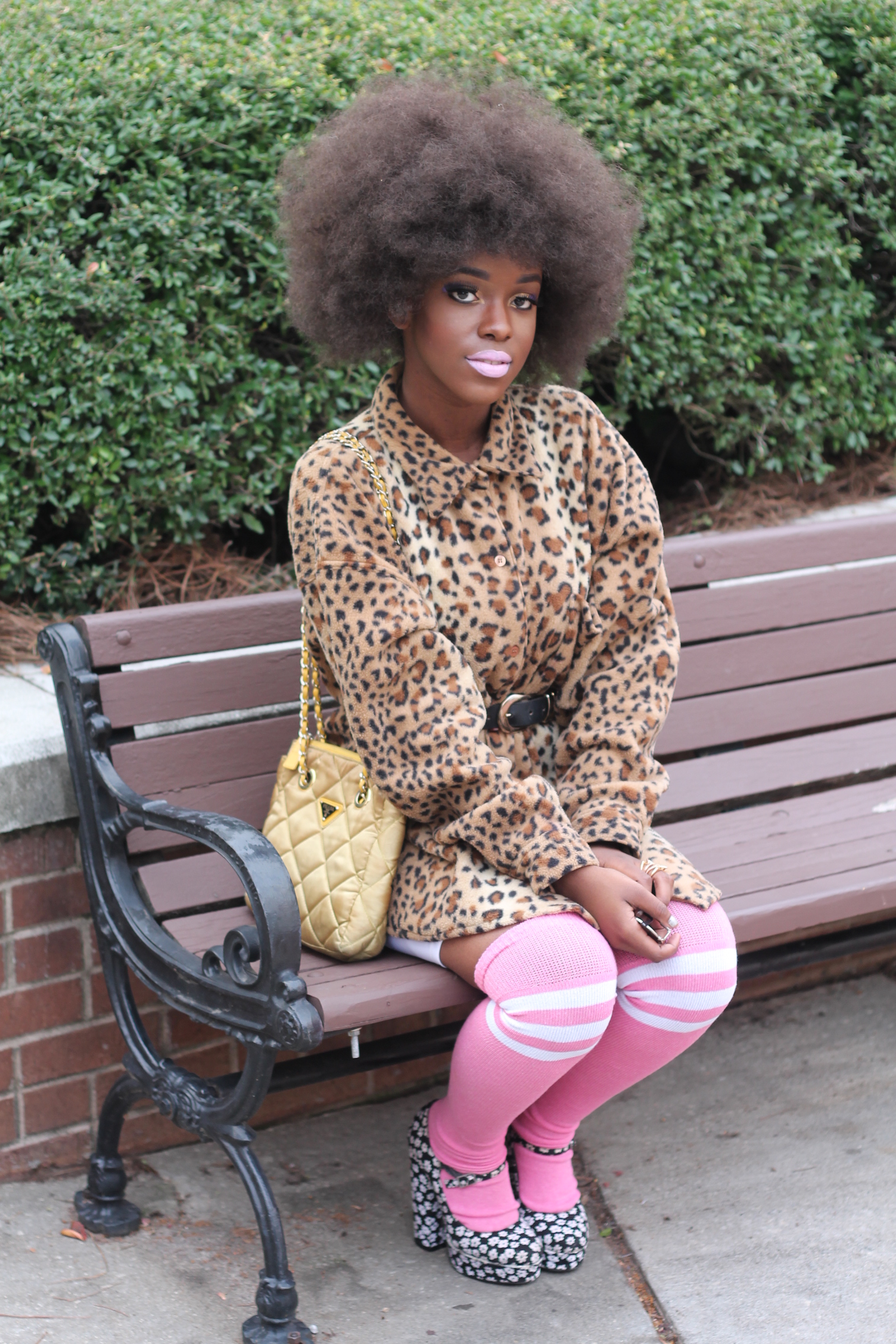Socks Through the Decades: A Retro Fashion Journey
Can you imagine a world without socks? These humble garments have been an essential part of our wardrobes for centuries, evolving alongside fashion trends and societal changes. Join us on a journey through time as we explore the fascinating history of socks, from their early beginnings to their role as a symbol of rebellion and self-expression in the psychedelic seventies.
The Early Beginnings of Socks
As far back as ancient Egypt, people were donning a primitive version of socks known as "foot bags." These early ancestors of socks were crafted from animal skins to provide comfort and warmth. The ancient Egyptians, known for their advanced civilization, recognized the importance of protecting their feet from the harsh desert terrain. These foot bags were meticulously made, with skilled craftsmen using their expertise to stitch together the animal skins with precision.
Fast forward to the 15th century, and we find the first evidence of knitted socks. It was during this time that the craft of knitting gained popularity, giving birth to a new era of sock making. Knitting allowed for more intricate designs and patterns to be incorporated into socks, elevating them from mere functional items to fashionable accessories. The art of knitting socks became a highly sought-after skill, with artisans dedicating their time and expertise to create beautiful and unique designs.
The Evolution of Sock Materials

Throughout the centuries, the materials used to make socks have evolved dramatically. In the 19th century, the introduction of cotton revolutionized sock production. Cotton socks quickly became a favorite among the masses due to their affordability and comfort. The soft and breathable nature of cotton made it an ideal choice for everyday socks, providing a comfortable experience for the wearer.
In the 20th century, technological advancements allowed for the creation of synthetic fibers, such as nylon and polyester. These innovations not only made socks more affordable but also enhanced their durability and versatility. Nylon, in particular, became a popular choice for athletic socks due to its moisture-wicking properties and ability to withstand rigorous physical activities. Polyester, on the other hand, offered a lightweight and quick-drying option, making it suitable for outdoor adventures and sports.
With the introduction of these synthetic fibers, sock manufacturers were able to cater to a wider range of needs and preferences. Whether it was a pair of cozy cotton socks for everyday wear or high-performance athletic socks for sports enthusiasts, there was a sock for every occasion and activity.
Socks in the Victorian Era
During the Victorian era, socks became a fashion statement. The upper classes would don luxurious silk stockings, adorned with lace and intricate embroidery. These stockings were not just a practical accessory to keep feet warm but also a symbol of wealth and social status. The opulence of the silk material, combined with the delicate lace and embroidery, showcased the refinement and elegance of the wearer.
For men, knee-high woolen socks were the preferred choice, often paired with polished leather shoes. These socks provided both warmth and style, with their length adding a touch of sophistication to any outfit. The woolen material offered insulation during the colder months, ensuring that the wearer's feet remained cozy and comfortable.
During this era, socks were meticulously cared for, with individuals taking great pride in maintaining their appearance. Sock garters, made from elastic or ribbon, were used to hold up the knee-high socks, preventing them from sagging or slipping down. This attention to detail and commitment to fashion extended to all aspects of Victorian society, with socks being no exception.
The Roaring Twenties and Socks
As the world transitioned into the 1920s, a wave of change swept through society, influencing every aspect of fashion, including socks.
The 1920s was a decade of transformation and liberation, characterized by the iconic flapper movement. This cultural shift brought about a new era of women's liberation and bold fashion choices. The flapper fashion revolutionized the way women dressed, and this included a significant impact on socks.
The Influence of Flapper Fashion on Socks

The rise of the flapper movement in the 1920s brought about a new era of women's liberation and bold fashion choices. Shorter hemlines and the introduction of the iconic flapper dress gave women the freedom to show off their legs. Socks, once hidden beneath long skirts, became an essential part of the flapper look.
Women adorned themselves in knee-high socks with vibrant colors and intricate patterns, adding a touch of playfulness to their ensembles. These socks became a statement piece, reflecting the spirit of the roaring twenties. The vibrant colors and intricate patterns of the socks were a reflection of the vibrant and dynamic atmosphere of the decade.
Flapper socks were not only a fashion statement but also a symbol of women's empowerment. By embracing shorter hemlines and showing off their socks, women were challenging societal norms and asserting their independence.
Socks and the Rise of Sportswear
The 1920s also marked an important chapter in athletic fashion—a time when sportswear started gaining prominence. With the introduction of new sports like tennis and golf, socks became an essential part of athletic attire.
Athletes needed socks that provided extra support and cushioning to enhance their performance. This led to the development of specialized sports socks that were not only functional but also stylish. Bold stripes and branding became common features of these sports socks, adding a touch of flair to the athletes' outfits.
Moreover, the popularity of sports in the 1920s influenced everyday fashion as well. People started incorporating sportswear elements into their daily attire, including socks. The comfort and style of sports socks made them a popular choice for both athletes and fashion-conscious individuals.
As the 1920s progressed, socks became more than just a practical garment. They became a fashion accessory that reflected the spirit of the decade. Whether it was the vibrant and playful flapper socks or the functional yet stylish sports socks, socks played a significant role in shaping the fashion landscape of the roaring twenties.
Socks in the Swinging Sixties
The swinging sixties brought a wave of cultural revolution, and socks were no exception to the changing times. This pivotal decade witnessed a transformation in the way people viewed and wore socks, as they became an integral part of the fashion revolution that swept across the globe.
The Introduction of Bold Patterns
As society became more experimental and open-minded, socks became a canvas for self-expression. The 1960s saw the rise of bold and vibrant patterns, such as polka dots, stripes, and psychedelic designs. These eye-catching patterns added a burst of color and excitement to outfits, making socks more than just a functional garment. Socks were no longer mere accessories; they became a statement, a way to showcase one's unique style and personality.
With the emergence of iconic figures like Twiggy and The Beatles, who were known for their bold fashion choices, socks became a means of emulating their iconic looks. Young people eagerly embraced the trend, donning socks that featured intricate patterns and designs. From paisley prints to geometric shapes, the options were endless. The fashion industry responded to this demand by producing an array of sock designs that catered to every individual's taste and preference.
Socks as a Symbol of Rebellion
During this era, socks also became imbued with political and social messages. The counterculture movement embraced socks as a symbol of rebellion against societal norms. Tie-dye socks and mismatched pairs were worn as an act of defiance, reflecting the spirit of individualism and anti-establishment sentiment.
These unconventional sock choices were not only a fashion statement but also a form of protest. By wearing mismatched socks, individuals challenged the idea of conformity and uniformity. It was a way of saying, "I refuse to be confined by society's expectations." This rebellious spirit resonated with the youth of the sixties, who were eager to break free from the constraints of the past and forge their own path.
Furthermore, socks became a medium for expressing political beliefs. Activists adorned their socks with symbols of peace, love, and equality, using them as a silent but powerful form of protest. By wearing socks that showcased their values, individuals were able to make a statement without uttering a single word.
The swinging sixties were a time of immense change and cultural revolution, and socks played a significant role in this transformation. From their introduction of bold patterns to their symbolic significance as a form of rebellion, socks became more than just a functional garment. They became a means of self-expression, a way to challenge societal norms, and a powerful tool for making a statement. The impact of socks in the swinging sixties can still be felt today, as their influence continues to shape fashion and individual style.
The Psychedelic Seventies and Socks
As the world embraced a more liberated and free-spirited culture, the 1970s bore witness to a psychedelic fashion revolution that left its mark on socks.
The Impact of Disco on Sock Styles
The disco era brought with it a fervor for glamour and excess, and socks were not exempt from this cultural wave. Metallic fabrics, glitter, and sequins adorned socks, adding a touch of disco-inspired dazzle to any ensemble. These shimmering socks became a key accessory for those who wanted to dance the night away and be part of the vibrant disco scene.
Socks and the Hippie Movement
The hippie movement of the 1970s rejected mainstream fashion in favor of a more bohemian, natural aesthetic. Socks became an integral part of the hippie look, often paired with sandals or colorful, earth-toned outfits. Tie-dye, fringed, and crochet socks were all the rage, symbolizing the movement's ethos of peace, love, and individuality.
The Neon Eighties and Socks

The electrifying energy of the 1980s gave rise to a new era of bold fashion choices—and socks were no exception.
The Rise of Leg Warmers and Sock Trends
The aerobics craze of the 1980s brought a wave of colorful leg warmers and high socks. Neon hues combined with sporty motifs, creating a striking visual impact. These leg warmers and socks weren't just practical for working up a sweat; they also became a trendy fashion statement embraced by both young and old.
Socks in the Age of Aerobics
Apart from leg warmers, socks in the 1980s were also influenced by the aerobics trend. Women wore high socks, pairing them with vibrant leotards and exercise outfits. The athletic vibe of these socks not only added a touch of style but also provided essential padding and support during workouts.
From their ancient origins to their role as a fashion statement in various eras, socks have truly stood the test of time. As we journey through the decades, it becomes evident that socks offer so much more than warmth for our feet. They have become an emblem of self-expression, rebellion, and cultural shifts. So, the next time you slip on a pair of socks, take a moment to appreciate their rich history and the journey they have taken through the decades.


